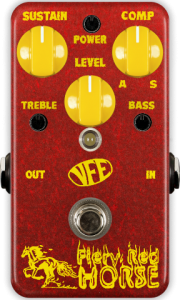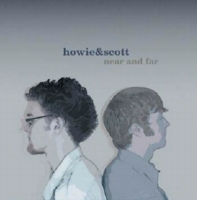That was the gist of what she said, anyway.
There’s not a lot of middle ground with metal; most people either love it, or stay as far away as possible.
My taste has gotten heavier over the years, but it’s hard to remember when I really started listening to metal. Not in school, though I loved Deftones and some other borderline stuff. Then five years ago (which is when my iTunes library basically starts) I was ripping Mastodon, Back When, and DragonForce CDs, and reading Pitchfork’s Show No Mercy column (Sunn 0))), Hammers of Misfortune, Kylesa) (sac)religiously. I went back to the beginning, and worked my way through Sabbath. So I came to metal as an adult, mostly on my own, through reviews. I’ll guess that’s an atypical initiation.
Nothing else feels like a great riff. Hearing one is a direct route to egolessness. It’s a creative destroyer; it can stop me short, ending my train of thought, and it may show me a new way to look at time, pitch, and timbre, too. It can give pain a voice or be cathartic, but the best are actually joyful. They communicate the experience of overflowing. They are too much – too much awe, too much saturation, too heavy, too loud, too fast or slow – so they point toward something beyond themselves.
I listen to it because it speaks to me. Because it challenges me (how did they make that sound? Write that riff?) Because it feels great, and at its best, better than anything.
If it bugs you, that’s just because I haven’t found your gateway band yet.



